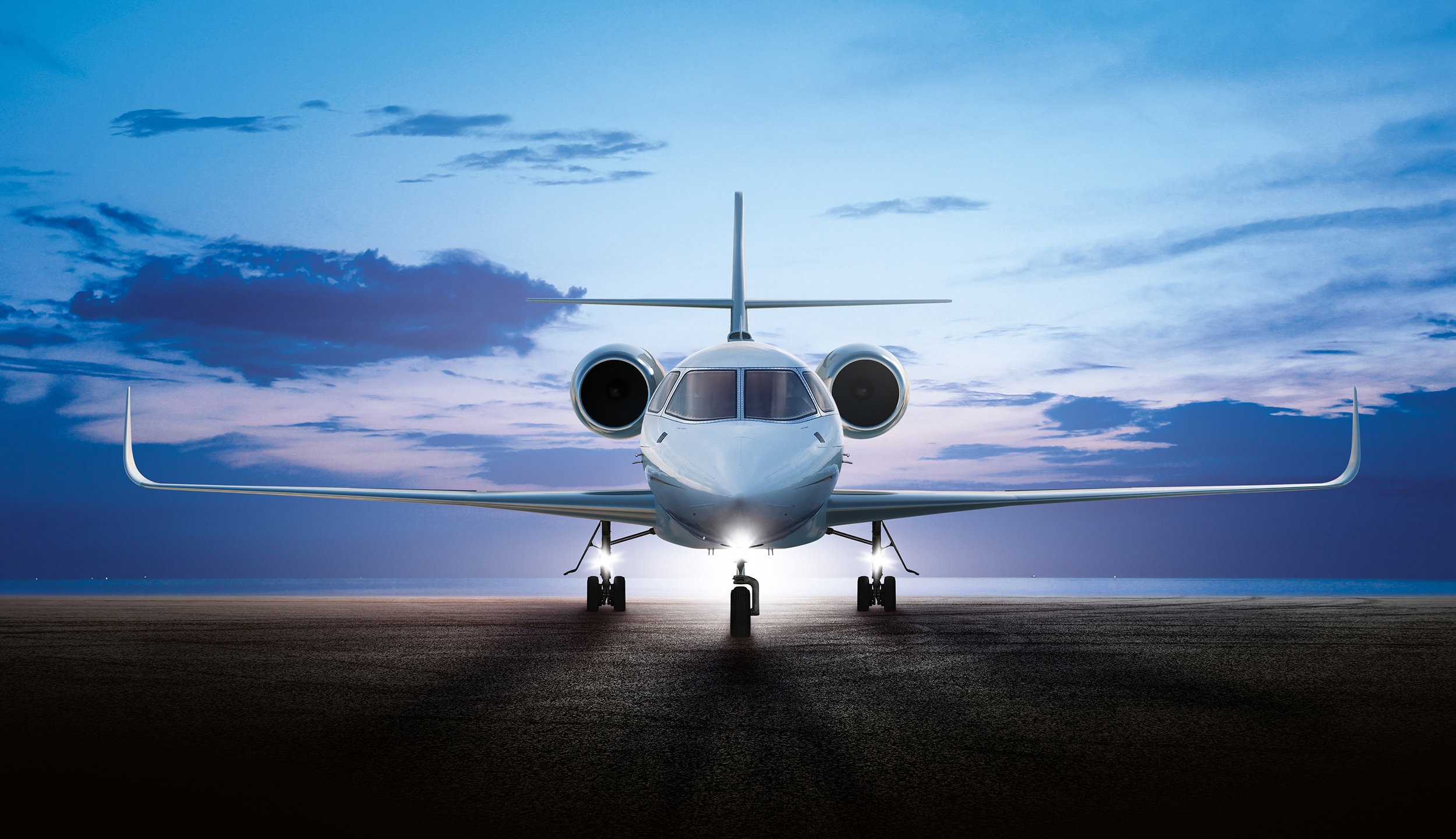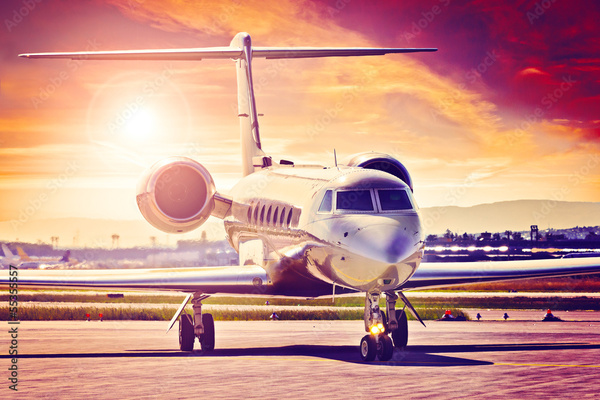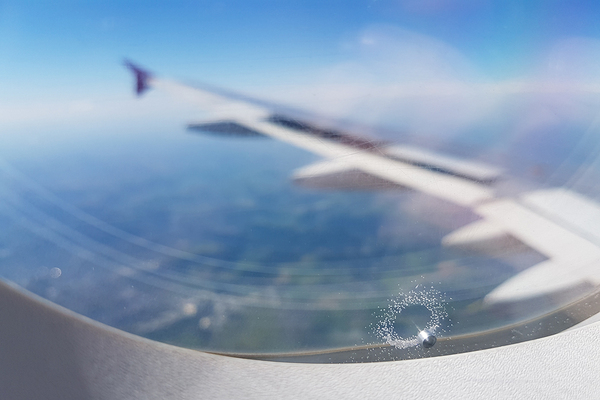How long does a private jet last? 03/03/2022

If you are interested in private jets, you may have wondered what the average life span of these aircraft is.
In reality, the longevity of an aircraft depends on many factors, including the frequency of flights, the level of maintenance and the hours flown.
We invite you to read our new article to find out more.
Life expectancy of a private aircraft: what are the determining factors?
Unlike cars, the life expectancy of an aircraft is not determined solely by the number of kilometres on the clock. The ageing criteria of an aircraft are much more nuanced and take into account multiple factors.

The number of flight hours accumulated
Most airlines expect commercial aircraft to remain in operation for about 30 years, assuming they have been maintained in the best possible condition. Private jets tend to have a shorter life expectancy; simply consult the aircraft manufacturer for information on expected years of service. This information varies according to the size, make and model of the aircraft.
However, even a jet with a large number of flight hours may have undergone a low number of pressurisation cycles, which means that it will last longer than an aircraft with the same number of flight hours that has made shorter and more frequent flights. The number of hours flown on the aircraft is important, but should not be the only criterion.
Pressurisation cycles of aircraft
So by what factor are aircraft considered unserviceable?
These aircraft do not age in terms of years of use, although this may play a role. It is the pressurisation cycles that really age an aircraft. Every time an aircraft takes off, it is pressurised, which puts stress on the fuselage and wings. Both are made up of large plate-like pieces of metal, joined by fasteners.
Over time, the areas around the mounting holes begin to crack due to erosion of the metal. Aircraft used for short and frequent journeys experience more frequent pressurisation cycles than those used for longer journeys, such as international flights.

Manufacturers determine the life of aircraft based on take-off and landing cycles. Frequent inspection and maintenance can extend the life of an aircraft, and repairs related to metal wear can be included in this maintenance, which also covers engines, avionics and other parts of the aircraft.
During production, manufacturers carry out non-destructive evaluations of individual components for quality control purposes in order to eliminate materials with defects. These assessments can continue throughout the life of a business aircraft and are designed to detect cracks of a few millimetres.
Commercial airlines and manufacturers carry out these inspections using powerful technologies such as phased array ultrasonic testing, which uses ultrasonic waves to locate even the smallest damage. This is a foolproof way to identify potential problems and prevent them by replacing the part or making the necessary repairs.
On average, a Boeing 747 can withstand about 35,000 pressurisation cycles – between 135,000 and 165,000 flight hours – before being retired. And as for flight hours, the number of pressurisation cycles a private business jet can withstand is generally lower.
Every day, the MK Partnair team strives to provide you with the best possible service that combines comfort and safety. Our fleet undergoes strict safety checks to ensure that you have the best possible experience.
Are you thinking of chartering a private jet for a family or business trip? Discover our fleet and book your next flight in France or abroad in just a few clicks.









